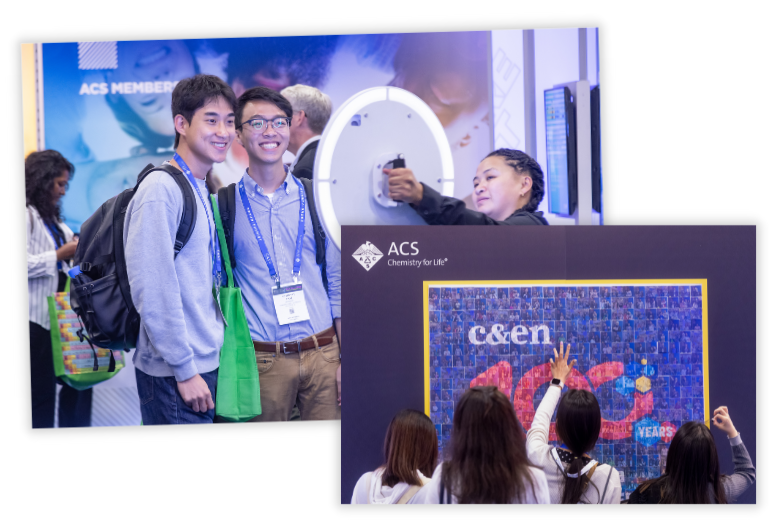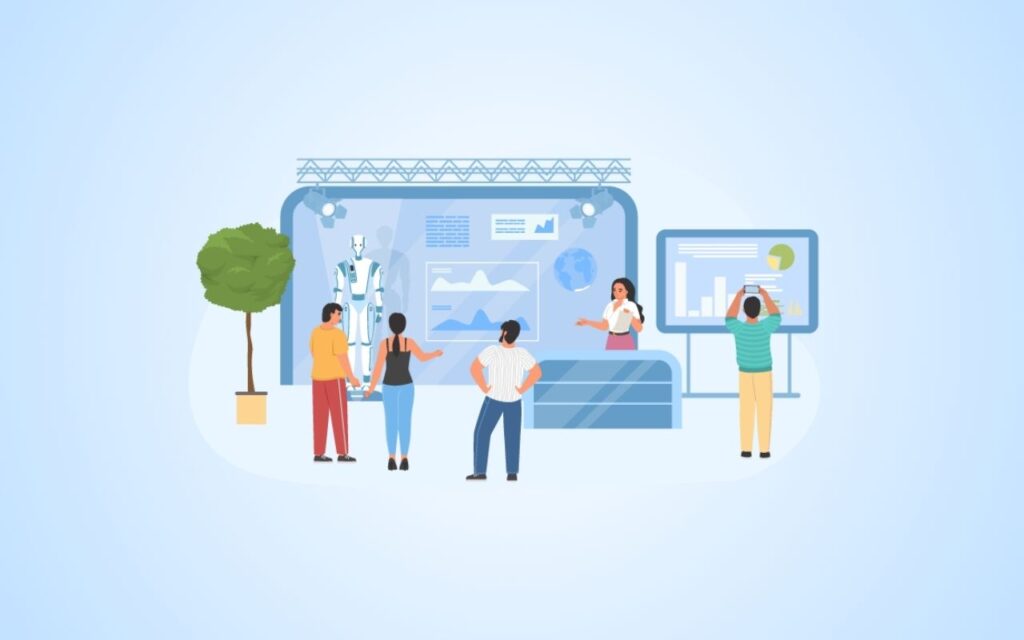Live science events are back and demand for in-person education and networking has returned almost to pre-pandemic levels. There’s no denying that it’s a win for brands and for scientists, as countless opportunities exist for education, networking and collaboration. In-person events are one of the most effective channels to share work, whether it’s a product launch or academic discovery. But don’t be fooled: capitalizing on that opportunity with the right presence and programming amid rising competition is no easy feat. Before you pack your swag bags, make sure you’re making the most of your investments by attending the right conferences and events, building unique event activations aligned with your strategy goals, and thinking about your post-event strategy on day one.
How to build a science event marketing strategy

Here are some tips from an industry professional who runs and attends dozens of events each year on how to program and execute your brand’s event presence.
1. Understand your goals first.
Attending conferences and events can be an excellent opportunity to further different marketing goals. It can build brand awareness, generate leads, support the launch of a new product, increase journal submissions, and more. Exactly what your strategy is for each event you attend needs to be tailored to those goals.

Shayla Phillips, Director of Global Conferences & Events for ACS, recommends working closely with your marketing team to define KPIs for each event, then using those goals to define your strategy.
“Understanding the audience and what the goals are ahead of time will help you better engage and get the most out of those events,” says Phillips.
From there, you can use your KPIs to guide what event activations and programming you develop. If your goals are to understand your audience, for example, you may be better off hosting a group dinner or hospitality suite where you can have more in-depth conversations with attendees rather than staffing a booth.
2. Think quality over quantity.
Not all events are created equal. Attending larger events can be useful for building brand awareness, but your organization’s work can also get lost in the noise. Smaller events reach smaller audiences, but they may be full of the people you most need to attract. Understanding your audience and the opportunities available at each event can guide how you show up there.
You have some conferences that have 300 people, but they are your target audience. That may be a more enriching experience than going to a conference with 6,500 people.”
– Shayla Phillips, Director of Global Conferences & Events for ACS
Other considerations can be driven by core needs of the business. For example, if you’re looking to gain a stronger foothold in a particular geography, that may inform which conferences your company chooses to have a presence at, and what that presence looks like.
“One of my biggest things is quality over quantity. We don’t have to be at every trade show with a large presence. There are different ways to bring brand awareness to the organization or your products to engage with your audience,” says Phillips.
3. Think long-term.

By thinking of events as a strategic part of your marketing and sales ecosystem, you can be more precise in targeting events that have a long-term impact. To capitalize on the traction gained at the event, you have to have an action plan for what happens after the conference.
“Going to the conference is just the beginning. The real work comes after to continue to nurture them through the life cycle of the organization,” says Phillips.
By aligning on the goals and next steps ahead of time with the marketing team, the event team can structure their engagement with the rest of the customer journey in mind. For instance, C&EN BrandLab created an audio story from interviews conducted at the annual Welch Conference on Chemical Research to create evergreen assets highlighting the work shared at the 2022 conference. This type of content can be used as a post-event share, as well as to attract an audience not present at the conference.
4. Get creative.
There are some things that everyone loves—coffee and t-shirts are classic giveaways for a reason—but getting creative at conferences can help attract a more engaged audience. What would surprise and delight your conference attendees and help your brand stand out?

To kick off brainstorming, think about what they may need while traveling, like a portable charger, or something specific to where the event is held they can take as a souvenir.
Don’t forget to think beyond the booth itself too. How can you make your booth feel like an experience, whether it’s a coffee shop chat with editors or an interactive experience with a new product? If you want your booth to feel like a fireside chat, maybe make your booth feel like a campsite. You can let conference attendees take a load off on camping chairs and serve s’mores (firecode friendly, of course).
These eye-catching innovations engage people, says Phillips. Putting in the extra thought and care into event activations goes a long way. As a bonus, they’re social media-friendly. Make your booth the spot every PI wants to take their lab picture!
Science Event Activation Tips and Takeaways
If you’re looking for a partner to develop an event strategy, talk to the experts at C&EN BrandLab. Contact us for a consultation today.


















